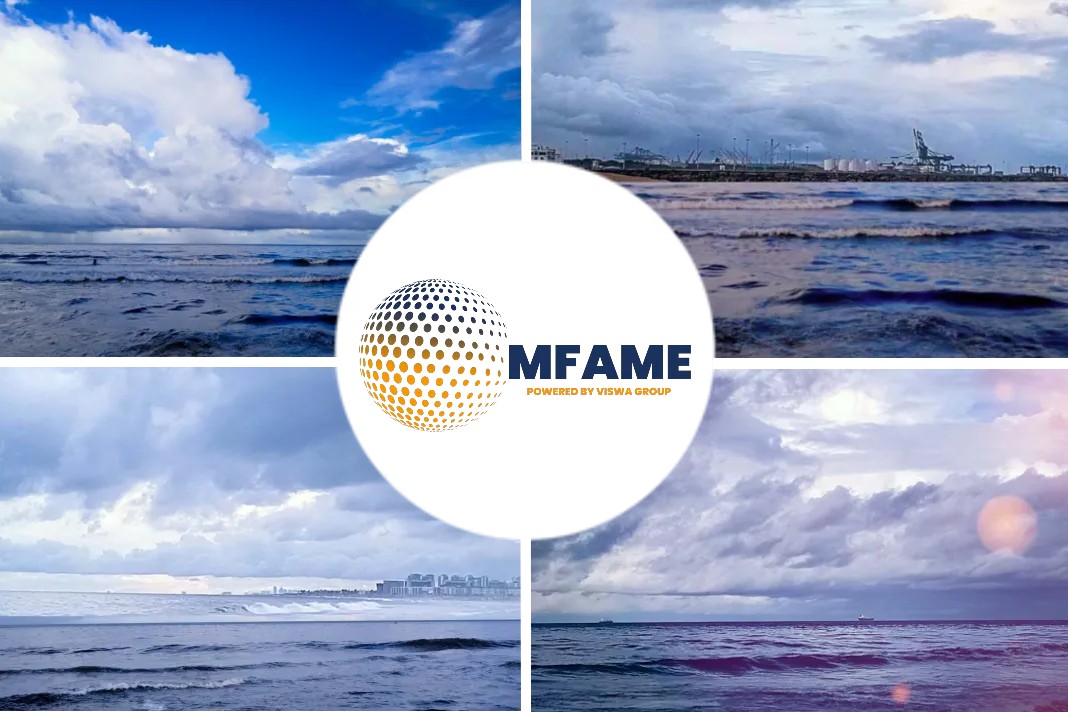
- Insurance, loan covenants restrict navigation, inhibit trading near Ukraine
- Competition escalates between Novo and Constantza
- Russian wheat market remains bearish, Ukrainian trading continues
Black Sea Watch: Ukrainian shipments bring hope but some participants remain wary, mentions a Platts news source.
Recent shipments from out of Ukraine
The Atlantic dry bulk market has welcomed recent shipments from out of Ukraine on the hope that they might bring a rebalancing to regional freight dynamics, although many trading sources remained skeptical regarding the scalability of the endeavor without the explicit participation of the UN and Russia.
The UN-brokered Black Sea Grain Initiative had allowed Ukraine to export over 30 million mt of agricultural products through Chornomorsk, Odesa, and Pivdenny before Russia’s withdrawal from the deal in July.
However, Ukraine continued to export via the Danube river on coaster vessels, and has also set up its own Black Sea corridor for ocean-going ships.
“Western P&I clubs do not easily allow navigating the region around Ukrainian ports, if at all,” said a Piraeus-based shipbroking source. “Given that loan covenants require the ship to be insured at all times, an owner risks to be in breach of both banking and insurance arrangements when sailing the region.”
Indeed, Panamax vessels visiting Ukrainian ports were heard to have secured time-charter rates as high as $70,000/d for fronthaul journeys, reflecting the risk faced during the trip.
For reference, the Platts KMAX 9 index, a global weighted average of time-charter equivalent rates in key Panamax and Kamsarmax routes, was last reported at $14,419/d on Oct. 10.
“The Black Sea is calm, for the moment, but I see a lot of cargo that has accumulated up there,” said a shipowner. “It needs to go.”
Still, there is an emerging consensus in the market that, in the absence of stronger flows out of Ukraine, the Romanian port of Constantza is bound to do the heavy lifting from now on, with grains carried mostly on Supramax and Handysize vessels, at time-charter rates heard in the $11,000/d levels.
Meanwhile, flows out of the Russian ports of Novorrossiysk, Cavcaz and Zhelezny Rog Port continue to attract the interest of traders and shipowners alike, for fronthaul agribulk shipments to Africa, the Middle East and Southeast Asia, with many terminals catering to Panamax vessels, heard to be hired at $14,000/d levels.
Still, visiting Russian ports remains fraught with risks, with many charterers hesitant to book vessels that have participated in those trades, even if just lifting unsanctioned agricultural cargoes.
“There are two problems when bunkering in Russia, first is the oil products price cap, but secondly avoiding transactions with sanctioned entities,” said the shipbroking source. “But virtually all bunker suppliers in Russia are sanctioned in some way, so it really is nearly impossible — none of the major charterers want to see Russian port calls in the vessel’s history, and risk loading, in, say, a US port, with even a drop of Russian fuel oil on board a vessel that they control commercially.”
Black Sea trading continues
The Black Sea wheat market remained bearish as Russian sellers lowered their offers against a backdrop of huge stocks to appeal to the lack of active demand from private buyers. The FOB Russian wheat fell $3 to $234/mt on Oct. 9, with a $10/mt spread to the FOB CVB 12.5% origin, Platts data showed. “I do not see buyers,” a Russian trader said.
The low demand for Russian wheat follows a lack of competition for the wheat origin in tenders, where Romanian and Bulgarian wheat was sought after by one the biggest importers, Egypt. All of the Russian cargoes were initially offered at $270/mt, consistent with the widely reported notion of a government-mandated minimum price.
Similarly in Ukraine, wheat and corn traders watched as vessels continued to be loaded and shipped out of Ukraine under its new humanitarian corridor at Chornomorsk port, namely Resilient Africa with 3,000 mt of wheat for Israel and Aroyat carrying 17,600 mt of wheat for Egypt.
Traders are patiently waiting for more evidence of whether ships could safely sail to and from Ukraine, more than two months after Russia’s withdrawal from the Black Sea Grain Initiative. Concerns over sea mines in Black Sea waters remain after a Turkish vessel struck a sea mine near Sulina Romania and suffered minor damage to its tank on Oct. 6
Meanwhile, exports down the Danube route continue as Ukraine prepares to ship its 2023 corn crop, currently at 10% complete as of Oct. 5, with 2.6 million mt harvested across 413,700 hectares. However the Sulina Channel remains congested, with vessels delayed for up to two weeks, affecting freight and other transport costs.
Did you subscribe to our daily newsletter?
It’s Free! Click here to Subscribe!
Source: Platts
















